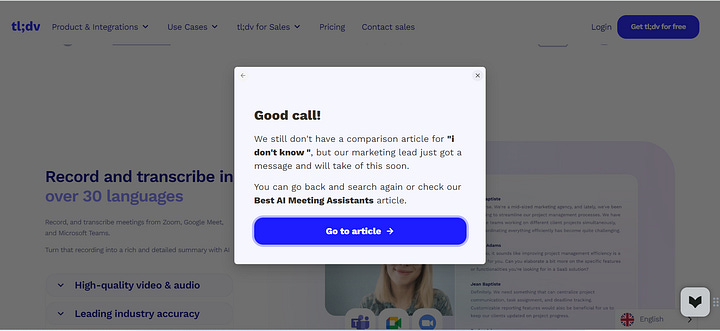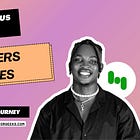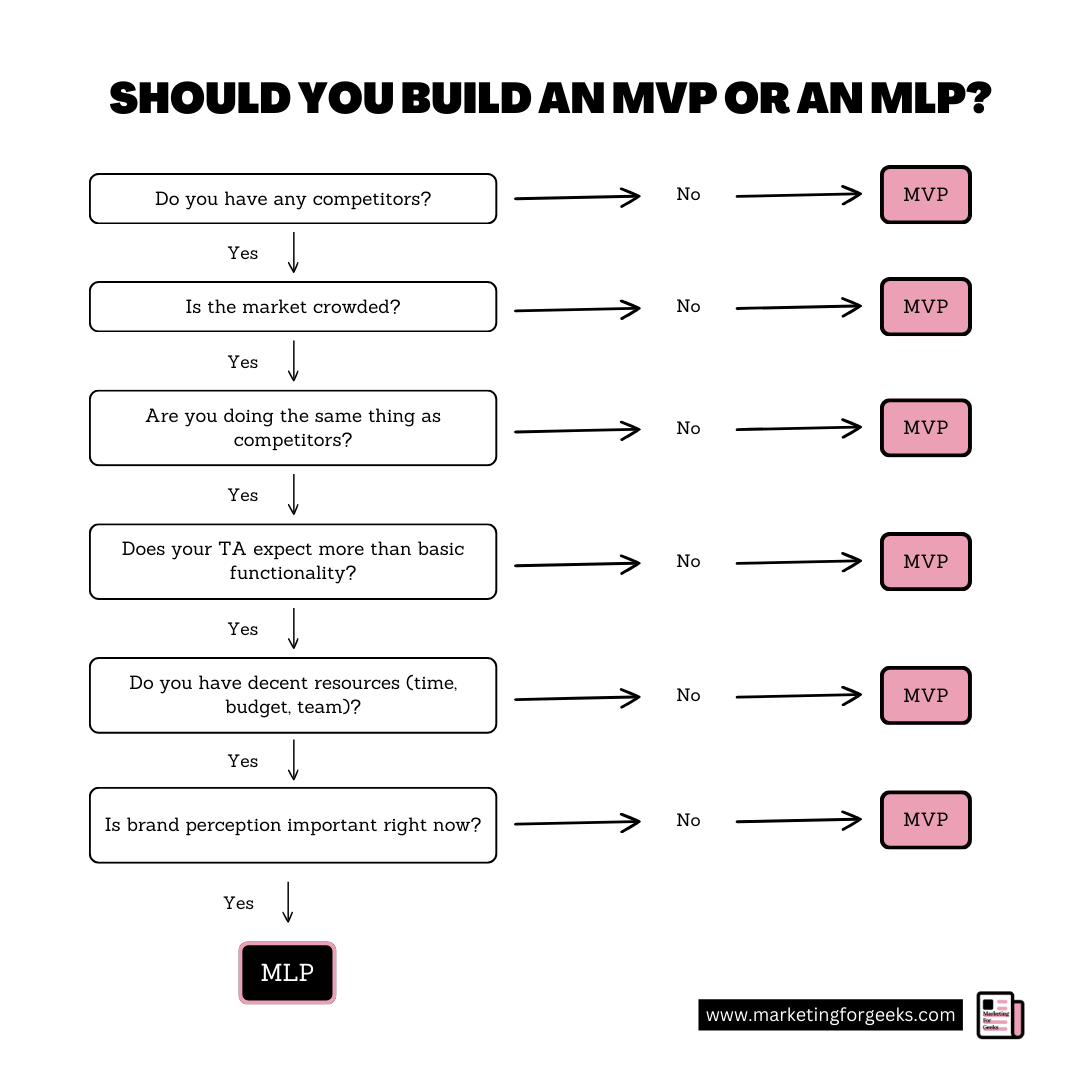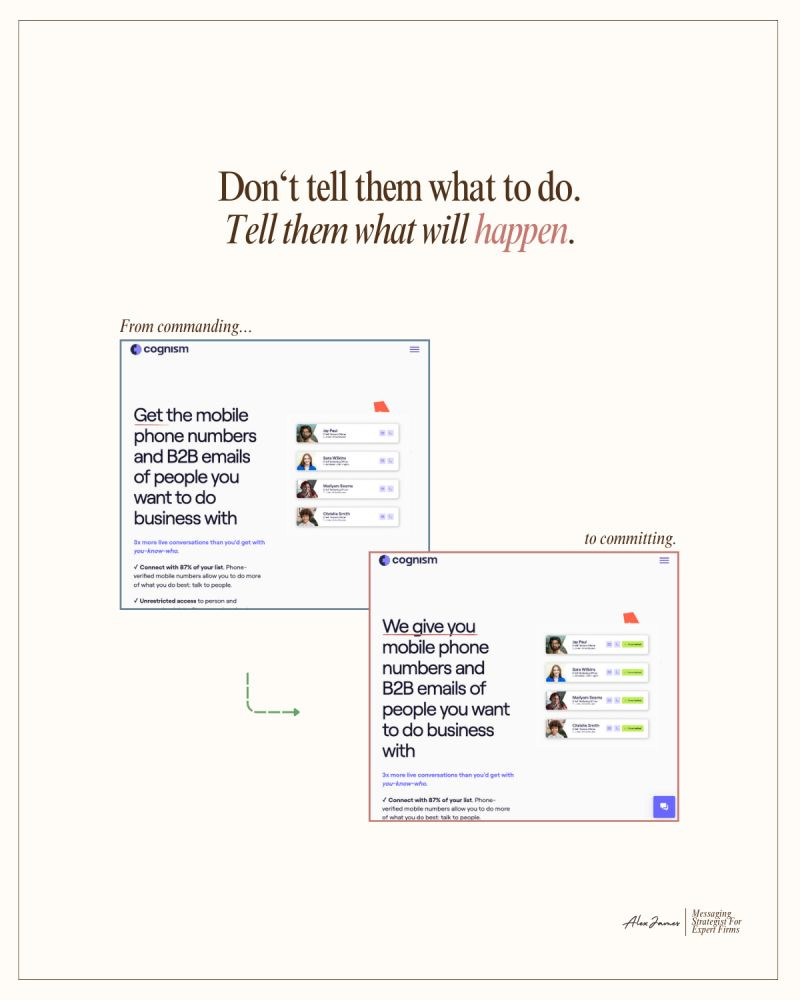💡MFG #18: Discount Models, MLPs vs MVPs, and more.
When to use Buy One Get One Free vs Discount vs Free Gift and when to choose Minimum Lovable Products over Minimum Viable Products.
Hi there.
Welcome to the 210 new subscribers who joined Marketing For Geeks since the last issue. Big thanks to everyone who shares MFG with their network. P.S. When you refer friends, you get access to my top templates (including my email audit & marketing plan template).
Every month, I share 1 interesting thing, 3 actionable marketing insights that have helped me do better product marketing, and 5 pieces of marketing that caught my eye.
ICYMI: In my last issue, I spoke with Courage Afemije of Heyfood about how they grew from a small campus solution to 100k users in 5 cities. It’s an amazing story.
In today’s issue, I write about when to use different offer types, choosing MLPs over MVPs, why paid social is for demand generation, and how to come back from terrible reviews.
Let's dive in!
🔑1 Interesting Thing
Last weekend, I went shopping for groceries and ended up buying multiple clothes from a boutique in the mall instead. I never do that; I’m a cheapskate—I largely purchase thrift clothes from open markets. There was only one factor behind my impulse decision. Let’s break that down.
#1: Flier Copy
I was handed a flier almost immediately I walked into the mall. Since I’m a bit of a geek (as implied), I immediately began ranting about the flier to my partner. Here’s the summary of my initial rant.
I was ready to dismiss the flier until I noticed there was content on the other side. That content was enough to convince me to buy on impulse. In my opinion, there was no need for the initial flier side I saw; the back content was all they needed. Here’s why👇🏽
The key takeaway from this initial contact?
Don’t make vague offers to customers. “Sale” and “Free Gift” don’t grab your customer’s attention; and they don’t provide enough information to convince people to buy.
Don’t overwhelm new customers with unnecessary information. The first page of the flier was wasted because it didn’t give me the information I needed at that specific point.
In general, match your message to your audience and their specific context. ODG Outlets is a largely unpopular brand expanding into Ibadan for the first time. But the headline would only be relevant to people who knew them previously
#2: BOGOF vs Discounts vs Free Gifts
After doing some impulse buying at the store, I came to a realisation. I would never have stepped into the store if they had offered a discount or a free gift. That led me on another geekout session where I talked through the different offer types and when they work best.
Before that though, I should say that one of the most powerful things ODG Outlets did was anchoring their offer. If they had simply said Buy One Get One Free—without setting an expectation in my mind for what the cost would be—I probably wouldn’t have stepped into the store. I’ll speak more about anchoring techniques in a future post.
Now to the offer types. Let’s focus on 3:
Buy One Get One Free (aka BOGOF):
This is the type of offer you set up when you intend to clear your stock. BOGOF offers will attract wide audiences, including people who might not typically buy your product. It’s easy for them to rationalise the expense as “too good to pass up.”
BOGOF works best for low-cost items and products where more quantity doesn’t seem unnecessary. For example, a BOGOF deal on couch sets or dining tables will not be attractive to retail users, because two of those may seem excessive. In fact, the deal could even repel customers because of the higher (effort and monetary) cost of managing storage and logistics. But Buy One Get One Free deals on clothes are likely to be more effective because there’s no extra cost to users.Discounts:
In my opinion, discounts are most effective for customers who already know your product. You don’t need to do as much work anchoring the price for them—they already know the standard price they’re comparing the discount against.
Discounts can be hard to anchor, especially when you use percentage discounts (e.g. 20% off) rather than price discounts (e.g. N1000 off). With percentages, customers have to do quick maths to calculate what the discounted price would be—mental effort which can be a friction point for users. That’s also why it’s often better to use price slashes over percentage discounts.
A great example of that is Chowdeck’s 1k Refuel slash. Everyone knew Refuel’s usual price. But Chowdeck didn’t position it as a 50% discount—they used a specific price to reduce any mental friction for users.Free Gift:
This works best when the gift complements the purchased item. For example, if a person buys a camera, you might throw in a free SD card. If they looking to buy software, you might throw in a free trial. If they buy a laptop, you might gift them some fun laptop stickers.
If your gift is not related to the item you’re selling, it’s a lot harder to impress customers. You’d need to offer something substantial (like a chance to win big-ticket items in a raffle draw) to really convince them. Simply handing out branded pens and mugs will not be enough—they may delight people who already intended to buy, but won’t attract browsing customers at the top of the funnel.
Key Takeaways
Buy One Get One Free offers attract new & browsing users; discounts & free gifts attract existing & in-market users.
Always anchor your offers: In the past I’d seen stores (in the same mall as ODG Outlets), with signs saying “80% discounts,” yet I was never tempted to even browse. This was because they never anchored the offer to a price. Plus, discounts already have a bad rep; customers know that some companies inflate their prices to make discounts look better.
Reduce any mental friction in your offer: Don’t create an offer that creates more work for customers. The simpler and clearer your offers are, the more likely people are to engage with them without hesitation.
TL;DR (Too Long, Didn’t Read): Buy One Get One Free offers will attract new & browsing users, while discounts & gifts will attract existing in-market users. Anchor your offer and reduce friction to get users to buy.
📣Tweet this.
💭3 Insights
#1. Sometimes, you don’t need an MVP.
I originally published this insight as a post on LinkedIn.
You’ve probably heard about Mimimum Viable Products (MVPs). They are basic versions of products that you use to test your business case and validate your idea. Airbnb’s founders started by renting out air mattress spaces in their own living room. Uber’s MVP was an SMS solution. Yelp started as an email service for people to request recommendations from friends.
The common trait with Airbnb, Uber, and Yelp is that they were innovative products bringing new ideas. So, validation was critical for them. But that isn’t the case with all startups.
If you’re building a product that isn’t a new idea, an MVP might not be the way to go. Why validate a market that already exists? If it’s not a brand-new concept, others have likely done the validation for you.
Instead, you should consider building a Minimum Lovable Product (MLP). This is the simplest version of your product that users will actually love. With an MLP, you build a product that you don’t have to convince users to use. The goal here is to build something users are excited to use, not something they settle for in the meantime.
It’s still not the 10x version of the product, but it’s also not a stripped-down version they have to tolerate. This is even more important if you’re going into a saturated market (e.g. if you’re building another payments fintech). Plus, many times, companies don’t make money on MVPs right away. But MLPs are products people are willing to pay for right off the bat.
This isn’t to say one is better than the other; it’s to say they both work in different contexts.
I’ve spent the last few months building a changelog tool. When we started, we wanted to build an MVP first. Two months in, we switched to an MLP because we realised we weren’t building anything significantly different from others, and our barebones MVP wouldn’t serve a purpose.
Now, I’m working on a new product, but we’re sticking with an MVP this time. Because this product has something significantly different from competitors.
So if you’re doing something that’s really new, do an MVP. If it’s not new, maybe consider an MLP.
TL;DR: If your product doesn’t introduce a brand-new concept that’s different from competitors, you may be better off building a Minimum Lovable Product over an MVP.
📣Tweet this.
#2. Paid social is for demand generation.
Insight originally shared on LinkedIn by Tayo Sadique, Performance Marketing Leader. This insight (Insight #2) is written in his voice, with slight edits from me.
When it comes to paid marketing, social and search are some of the top channels. Paid search tends to convert more than paid social, leading some marketers to discount the power of paid social ads.
But paid social and paid search are fundamentally different. Paid search is intent-based, paid social isn’t. This means that the target audience in paid search is ready to buy, while those in paid social likely aren’t.
Only 3% of your audience will be in the market to buy now. This 3% will search on Google or ask friends for recommendation. Then they’ll take action when they find a solution that meets their needs. Paid search will help you reach these 3%.
But what about the other 97%? The ones who are your ICP, but for some reason aren’t ready to buy yet? Those people won’t automatically come to you when they’re ready (or they won’t get ready on their own)—not unless you’ve done some work generating demand.
To stand a chance of reaching this audience that will buy someday, you need to implement a demand generation strategy. That’s where paid social comes in. Here’s why you should use paid social as a demand generation channel:
If you nail targeting and creatives, then your ads will build brand, affinity, and trust with people who are in your ICP audience.
While paid social converts less in the short-term, it primes a segment that isn’t ready to buy to come to you when they’re ready.
Marketers are in a rat race and every company is fighting for its share on the market. Rather than focusing on the 3% in-market audience alone, paid social lets you reach a wider market (the 97%) and scale your campaigns.
There are members of your audience who may not think of buying your software if they’re not nudged to action. Paid social helps you convert that segment.
Paid social supports all your other marketing strategies.
It might be tempting, but marketers shouldn’t focus on short-term conversions alone. Prime your audience with paid social and capture them with paid search.
TL;DR: Paid social is a demand generation channel. It builds awareness and trust with your audience, preparing them to buy later, unlike paid search, which only targets the 3% already ready to buy.
📣Tweet this.
#3. You can come back from terrible reviews.
Insight by Ifeoluwani Oseni. Ife originally shared this in response to a question on the Marketing For Geeks WhatsApp community.
The question was “Let's say you have a product with bad ratings on Google/IOS playstore, what are some of the tactics one could use to reverse the trend?” The rest of this insight (Insight #3) is written in his voice with slight edits from me.
Speaking based on what I’ve experimented with previously and has worked to a fair degree, here’s how you can turn bad reviews around:
Start with the Product: Categorize the negative reviews and find the recurring issues. Maybe it's a UX problem, maybe it’s customer service, or maybe your product isn’t delivering on its promise. Identify the core issue, fix it, or you’ll just keep getting the same complaints.
Leverage Customer Service: Timing is everything. If CS successfully helps a customer, that's the perfect moment to ask for a review. They're more likely to leave a positive one right after a good experience. Counter the bad reviews with amazing reviews, especially if they’re about the issue that caused negative reviews in the past.
Automate Review Requests: If a user hits certain engagement milestones (like using your product consistently), nudge them with an email asking for a review. The more value they’re getting, the more likely they are to leave positive feedback.
Experiment with In-App Prompts: Don’t spam. Trigger review requests at key moments for highly engaged users. Too many nudges can backfire, turning a minor annoyance into a bad review.
Get the Whole Team Involved: Make reviews everyone’s business. Encourage your entire company to leave reviews and ask their networks to do the same. It’s a simple but effective way to build momentum.
Bad ratings can be turned around, but not by gaming the system—you have to actually address the underlying issues and create an experience worth reviewing positively.
TL;DR: To turn bad reviews around, fix recurring product issues first. Then, ask satisfied customers for reviews, automate prompts at key moments, and get the whole team involved to boost positive ratings organically.
📣Tweet this.
⚡5 Pieces of Marketing
#1. This Messaging Insight from Alex James👍🏽
#2. This Post from Oke Umurhohwo👍🏽
#3. This Pop-Up From TL;DV👍🏽


#4. This Use of Gamification by Vella Finance👍🏽
Not sure how converting it is, but it was sure fun to play. Even if it doesn’t convert, it’s certainly memorable.
#5. This Live Card Editor By Vella Finance👍🏽
When you put in your name, they slap it on a card that you can customise within the website. Giving you more reasons to click “Create Card”
What I’m Reading
Every SaaS Retention technique is on this list — Really good list of 79+ retention tactics for SaaS products.
You need a better content strategy — A how-to guide to creating content that stands out.
Chowdeck’s #1000 Refuel Meal Campaign — A short case study by TEMSI.
"Secret" discount page hack — How to increase conversion rates and customer happiness with a secret discount.
The Ultimate Content Marketing Programs Guide for SaaS — Great comprehensive guide on SaaS content marketing.
These Were Nigeria's 100 Brightest Teenagers in 2009. Where Are They Now? — Excellent data storytelling in this.
Did you enjoy this issue? Give it a ❤️ and let me know in the comments section.
Even better, share this with someone and you can get access to more free templates from me.
P.S. If you made it this far, it means you (probably) enjoyed reading this. If so, could you leave me a testimonial?










